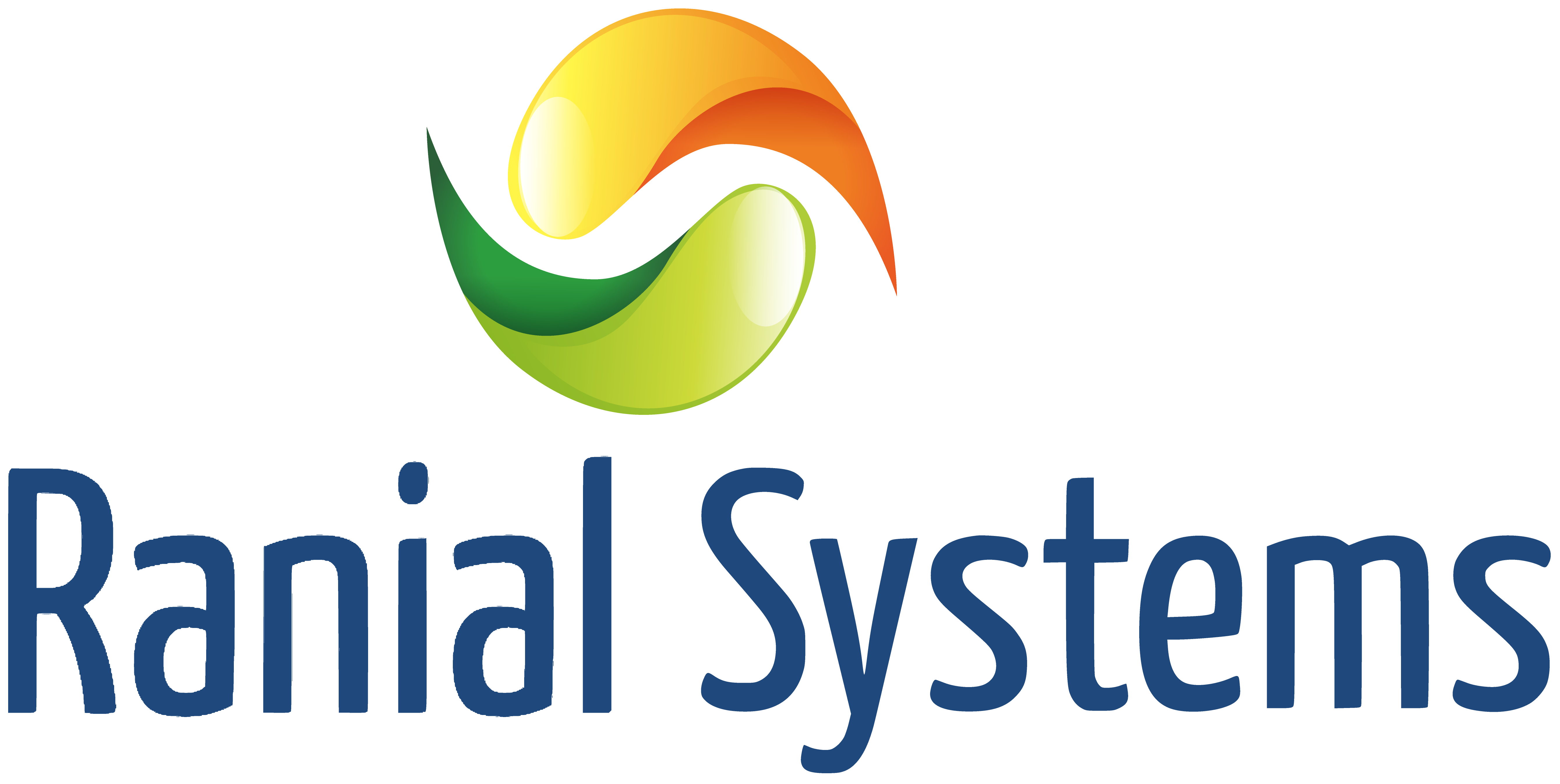Energy, Oil & Gas and Renewable
A burgeoning population coupled with fast depleting resources (water and fossil fuels), have created an urgent need to create long-term sustainable use of other energy sources, or optimize the existing ones, especially over the last few years. On the other hand, price and demand volatility is squeezing margins and pushing enterprises towards a better cost optimization structure.
Steadily depleting natural resources are forcing companies to operate at a high cost where ever increasing complexity in supply chain environments create very critical challenges for the oil, gas, water and energy resources industry – the utility sector. Adding to these issues is the decaying infrastructure and legacy systems in which information is processed and stored in disparate data silos. Not surprisingly, strategists in this vertical face a perennial problem- that of lack of standardization in data, and a complete non-visibility of real time issues.
Huge cost of ownership and, change management and operational risks are posing significant challenges in adapting next generation automation and smart utilities management solutions. Moreover, emerging regulatory mandates, growing focus of distributed generation and, advanced metering technologies are introducing complexities in operational environment. In this context, the most desired solution on OT and IT convergence would aid incremental realization of smarter ecosystems and create new insights that help improve efficiency and responsiveness across the value chain.
Innovative solutions that can bring together diverse technology applications on one platform – applications that help generate insights on usage and optimization of production as well as logistics cost, could be the first step towards rationalizing the processes in a more cost-effective manner. Emerging technology – IoT, along with M2M solutions can thus, actually help the utilities industry, optimize every asset for best in class utilization


